Valentin Volchkov
On the Transfer of Inductive Bias from Simulation to the Real World: a New Disentanglement Dataset
Jun 07, 2019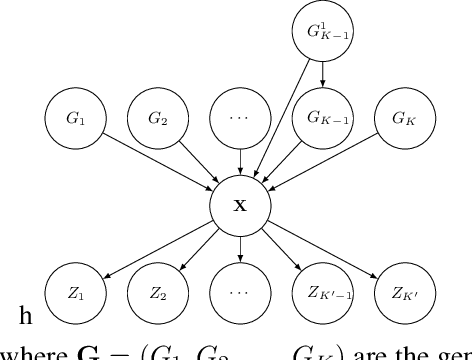
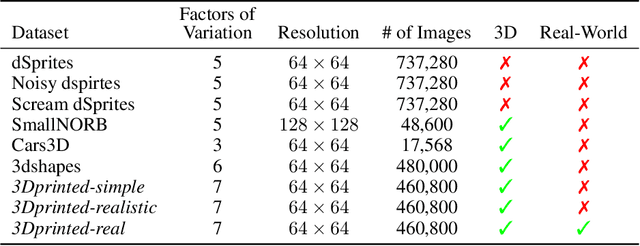

Abstract:Learning meaningful and compact representations with structurally disentangled semantic aspects is considered to be of key importance in representation learning. Since real-world data is notoriously costly to collect, many recent state-of-the-art disentanglement models have heavily relied on synthetic toy data-sets. In this paper, we propose a novel data-set which consists of over 450'000 images of physical 3D objects with seven factors of variation, such as object color, shape, size and position. In order to be able to control all the factors of variation precisely, we built an experimental platform where the objects are being moved by a robotic arm. In addition, we provide two more datasets which consist of simulations of the experimental setup. These datasets provide for the first time the possibility to systematically investigate how well different disentanglement methods perform on real data in comparison to simulation, and how simulated data can be leveraged to build better representations of the real world.
Automatic Estimation of Modulation Transfer Functions
May 04, 2018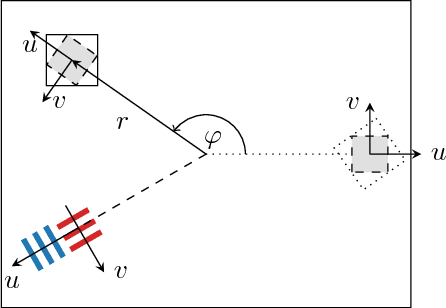
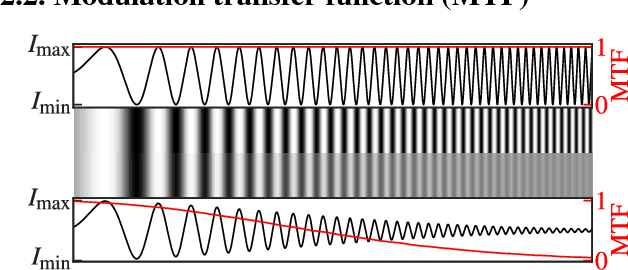
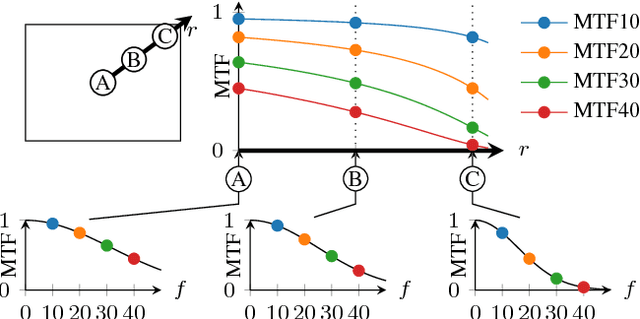
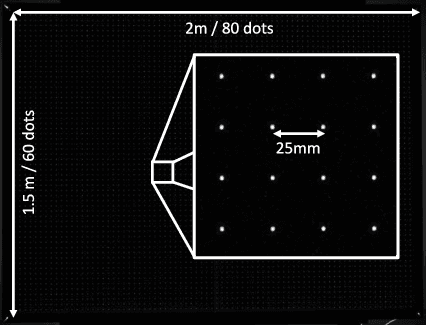
Abstract:The modulation transfer function (MTF) is widely used to characterise the performance of optical systems. Measuring it is costly and it is thus rarely available for a given lens specimen. Instead, MTFs based on simulations or, at best, MTFs measured on other specimens of the same lens are used. Fortunately, images recorded through an optical system contain ample information about its MTF, only that it is confounded with the statistics of the images. This work presents a method to estimate the MTF of camera lens systems directly from photographs, without the need for expensive equipment. We use a custom grid display to accurately measure the point response of lenses to acquire ground truth training data. We then use the same lenses to record natural images and employ a data-driven supervised learning approach using a convolutional neural network to estimate the MTF on small image patches, aggregating the information into MTF charts over the entire field of view. It generalises to unseen lenses and can be applied for single photographs, with the performance improving if multiple photographs are available.
 Add to Chrome
Add to Chrome Add to Firefox
Add to Firefox Add to Edge
Add to Edge